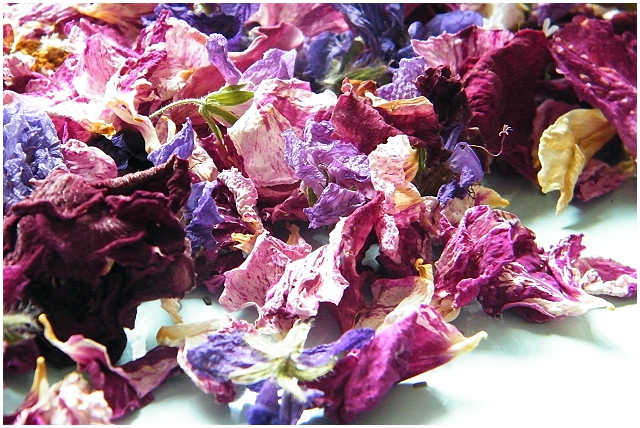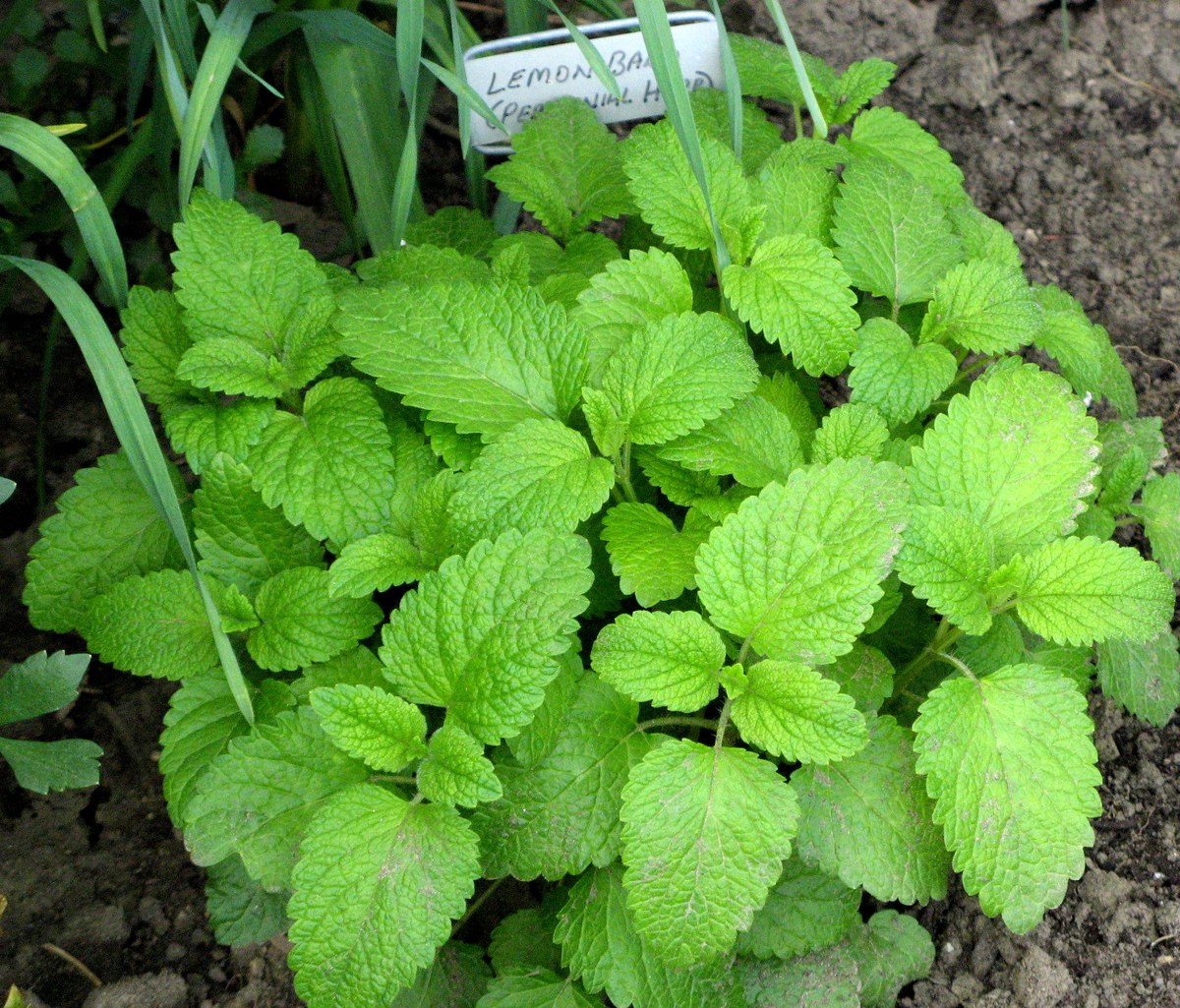A Rosy Glow
If we could choose just one flower to symbolise the summer, it would probably be the rose. Although there are many variations in form, the key characteristic is the fragrance. We may be stunned by the colour and shape of some of the newest roses, but it is hard not to feel slightly disappointed if there is no fragrance. Of course, with the help of essential oils it is possible to cheat a little so that any rose can appear to give off a fragrance.
If you buy unfragranced roses, consider displaying them in a vase beside a rose-scented candle. Alternatively, for a subtle effect, carefully spray the leaves and stems - not the petals - with a mist of rose-scented water.
If you have bought fairly tight-budded, non-fragranced roses and are really determined they will smell, then you can try a little trick which demands some patience and dexterity but will give you the effect you are looking for.

Soak a cotton ball in a blend of two parts rose absolute to one part lemon essential oil. When the cotton is dry, break it up into tiny pellets. Very gently ease back the petals and, using tweezers, drop the pellets into the centre of your roses.
The Summer Fragrance Palette
Studies have shown links between colour preferences and fragrance, and the colours we associate with summer may depend on our temperament as well as our lifestyle. Do you prefer the vibrant, sun-drenched look of pastels, neutrals and faded chintz? Your choice of colours may give you a clue to your likely fragrance preferences. There are no hard and fast rules about selecting oils when you are blending for fun and to suit your personal fragrance preferences. Use the list below as a starting point and feel free to mix and match, following your own inspiration and nose. Combination suggestions are also included for you to try experimenting with. You can use the blends neat in burners or other room fragrances, or dilute them with water to use in room sprays.
Mood: Sun-drenched
Choice of essential oils: bay, bezoin, bergamot, black pepper, cedarwood atlas, geranium, ginger, lavender, jasmine, helichrysum, myrrh, sweet orange, patchouli, rose absolute, sandalwood, sweet marjoram, thyme, vetivert, ylang ylang
Combinations to try: {bay/geranium/neroli} {black pepper/sandalwood/ylang ylang}
Mood: Sun-bleached
Choice of oils: citronella, coriander, cypress, eucalyptus, frankincense, grapefruit, juniper berry, lavender, lemon, lemongrass, lime, melissa, neroli, palmarosa, peppermint, petitgrain, roam chamomile, rosemary, rose otto, sweet fennel, sweet orange
Combinations to try: {frankincense/lemongrass/palmarosa} {coriander/petitgrain/vetivert} {cedarwood/frankincense/rosemary}
Summer Weddings
An idea you might like to consider if you are invited to a summer wedding is to make some natural confetti. Many churches now ban artificial confetti, but the version below won't harm the environment and is a very special way of showering good wishes on the newly-weds.

You will need:
Dried pink larkspur flowers
Dried blue larkspur flowers
Dried white larkspur flowers
Dried pink/red rose petals/buds
Dried lavender flowers
Dried marjoram leaves
A few drops of the pure essential oils of your choice, geranium/rose/neroli
Mix together all the dry ingredients in a ceramic or glass container and then sprinkle on a few drops of essential oil. Cover and seal the container until needed. Make up enough to put some in a gauze sachet to give to the bride, and she can pack it away with her wedding mementos. You can vary the look and fragrance of the confetti to suit the style of bride, perhaps choosing a citrus theme using pure sweet orange, bergamot or mandarin essential oils with dried achillea, helichrysum and calendula petals.
Herbal Oils
With the abundance of plant materials available at this time of year, making your own herbal oils is a must, particularly if you enjoy massage. There are certain oils, such as calendula and lemon balm, which are perfect for making at home - whether you grow the plants yourself or beg from a gardening friend. Be sure to use the plants soon after they have been picked as they deteriorate quickly.
Calendula oil is an excellent massage oil as it has powerful skin-healing properties. It is particularly good for dry, cracked skin and may help to reduce old scars. Lemon balm, on the other hand, is an uplifting, soothing oil, which is good for relieving tension.

Herbal Oil - Cold Infusion Method
Fresh herbs are left to infuse in oil for up to 10 days to release their active components.
Used for: Massage and bath oils, in home-made creams and ointments.
Made with: Usually fresh herbs, flowers and soft foliage.
Equipment needed: Large glass jar, pestle or wooden spoon, cheesecloth or kitchen towel, elastic band, muslin-lined nylon sieve or jelly bag, large jug, funnel, sterilised dark glass storage bottles, label.
To keep: Store in a cool place and use within one year.
Standard quantities: 1 part herb to 10 parts oil, remembering to use slightly more if fresh, e.g. 50g dried herb or 70g fresh to 500ml oil.
- Put the measured quantity of herb in a large glass jar. If using the fresh herb, bruise it with a pestle or wooden spoon to release the plant's oils. Pour in the vegetable oil and press the herb down so that it is completely submerged. Cover the jar with a piece of cheesecloth or kitchen towel, and secure it with an elastic band. It is best not to use an airtight lid at this stage because trapped moisture from the herb encourages the oil to grow mouldy. leave on a sunny windowsill, or in a conservatory or greenhouse, for 7-10 days for fresh material, and up to 2 weeks for dried, no longer. Shake the mixture daily.
- Strain the oil through a muslin-lined nylon sieve or jelly bag into another container, making sure that all particles of the herb are separated out (this prolongs the oil's life). For a stronger result, repeat step 1 using new plant material in the same oil. Strain again, squeezing the muslin or bag, to extract all the oil.
- Pour into sterilised storage bottles, a funnel makes this easier, and seal with an airtight lid. Label with name and date.